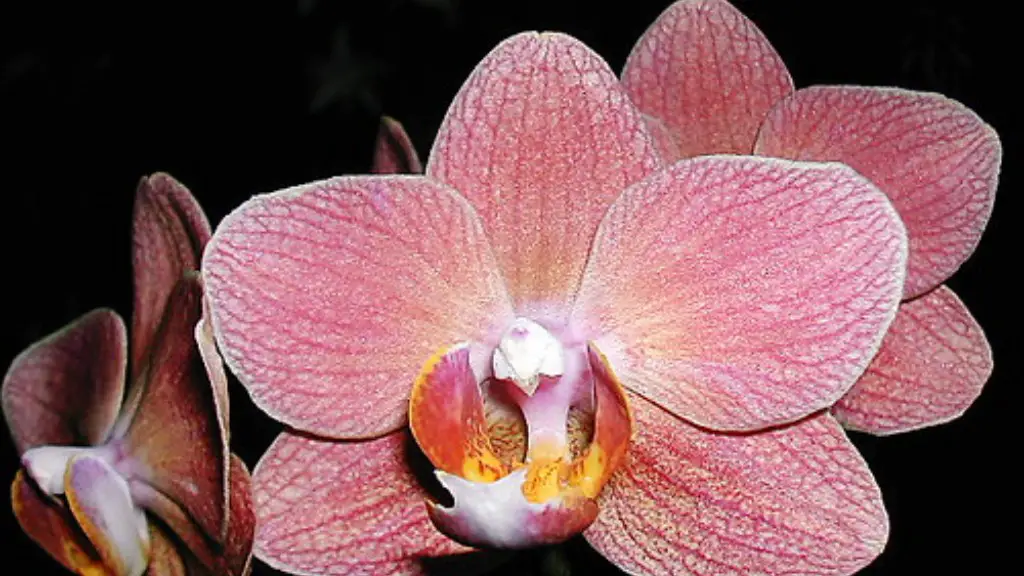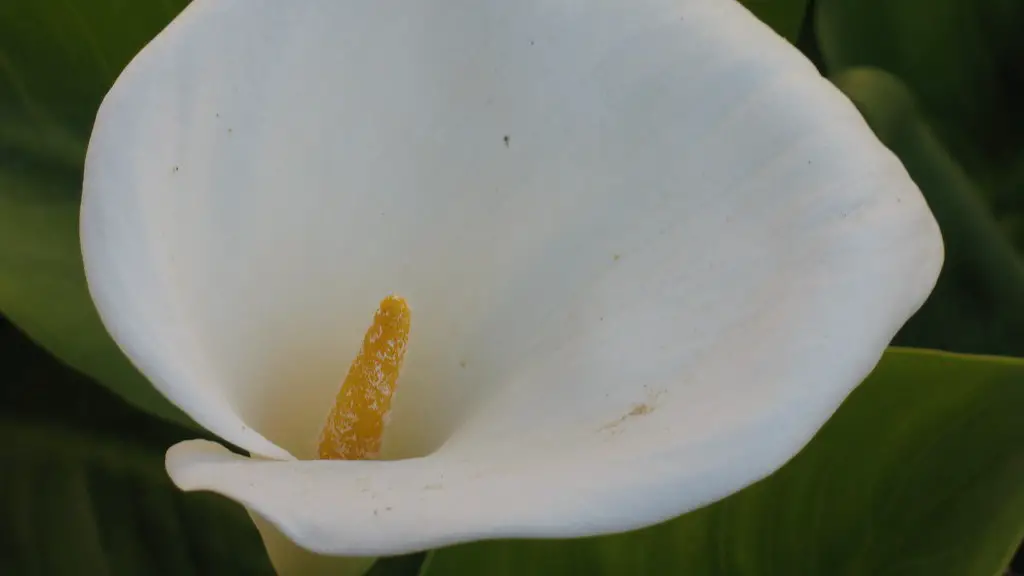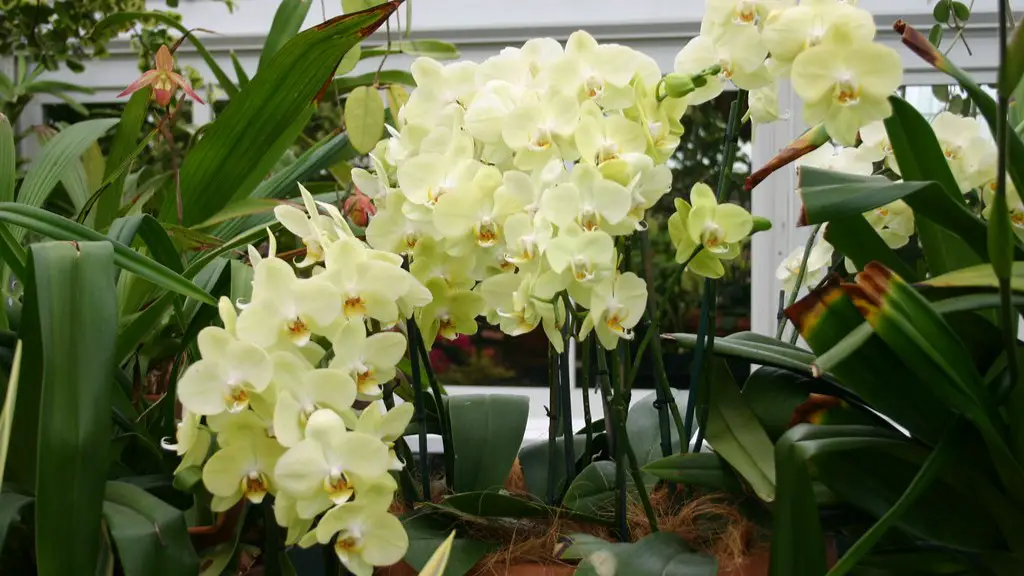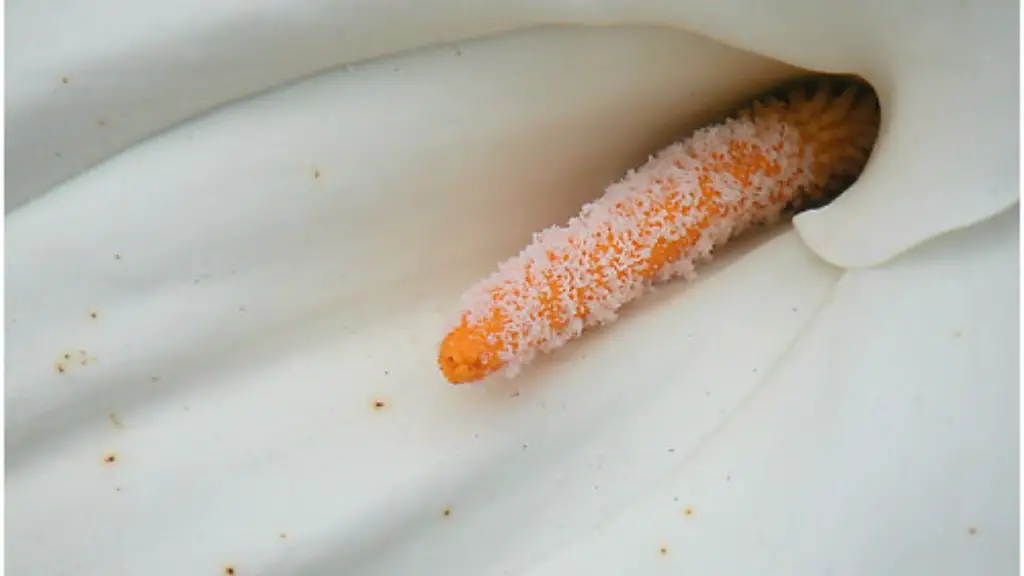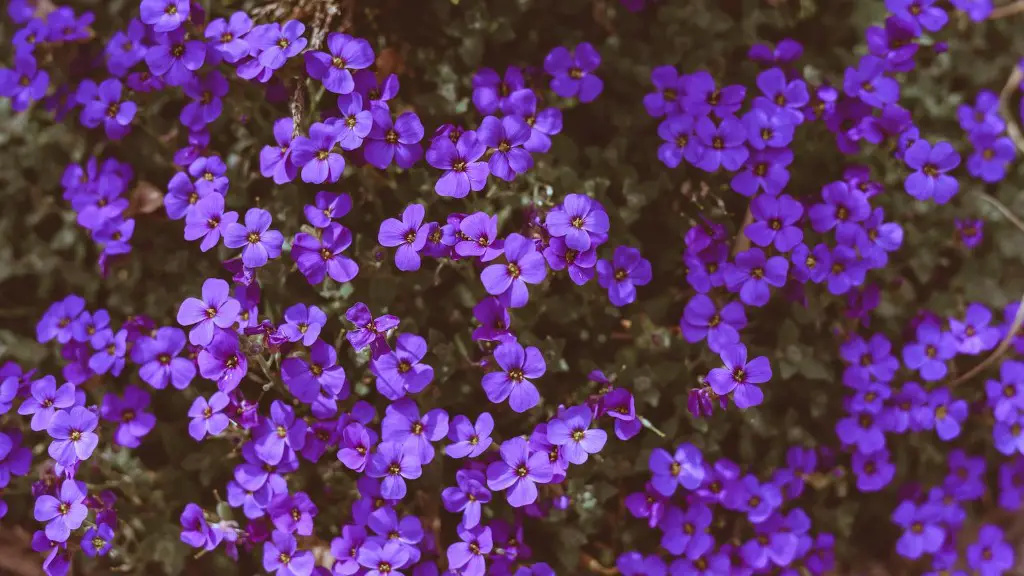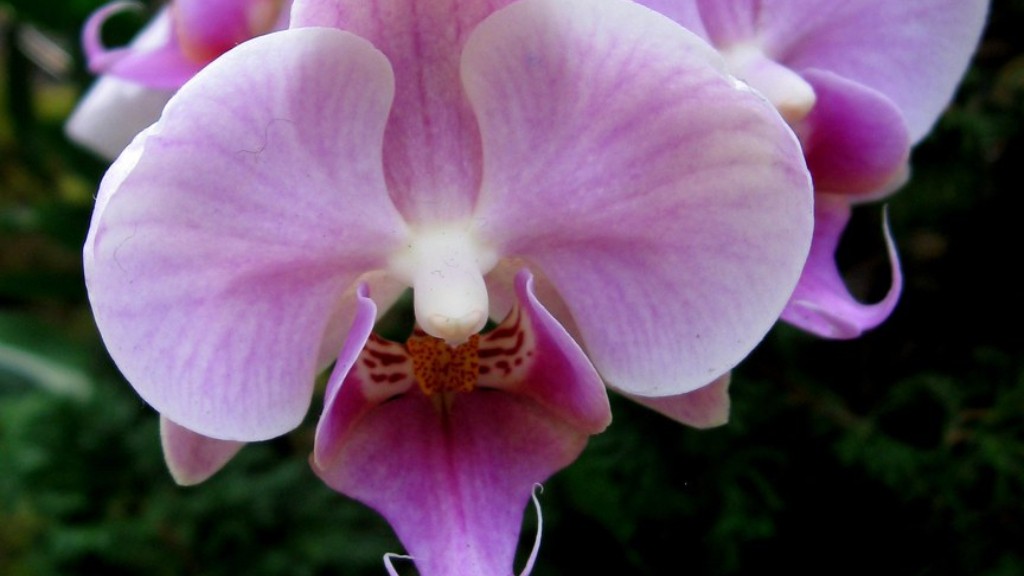Phalaenopsis orchids are one of the most popular types of Orchids. They are known for their beautiful flowers that come in a variety of colors. If you are thinking about getting a Phalaenopsis Orchid, or have one already, there are a few things you need to know in order to keep it healthy and looking its best.
Generally, looking after a Phalaenopsis orchid is not too difficult. They are typically tough and resilient plants. With a little bit of knowledge, you can keep your orchid looking beautiful for years to come. Here are some tips on how to look after your Phalaenopsis orchid:
-Water your orchid regularly, making sure to never let the roots sit in water.
-Provide bright, indirect sunlight.
-Fertilize your plant every couple of weeks with a special orchid fertilizer.
-When repotting, use a special orchid potting mix.
-Be careful of pests and diseases. Watch out for mealybugs, aphids, slugs, and thrips.
What do you do with Phalaenopsis orchids after they bloom?
If you want to keep your orchid looking its best, it’s best to remove the flower spike entirely after the flowers have dropped. This will prevent the stem from turning brown or yellow.
1. Let your orchid plant have bright, indirect light. An east-facing window that gets morning light is ideal.
2. Keep your plant’s temperature consistent. Phalaelnopsis orchids are happy in the same temps we are: above 60º at night and between 70º and 80º during the day.
3. Cut off any spent blooms.
4. Remember to water and fertilize your orchid regularly.
5. Repot your orchid every few years.
How often should you water Phalaenopsis orchids
If you have a phal orchid that is potted in bark, you will generally only need to water it once a week. If your plant is potted in moss, you will need to water it when the top feels dry. The amount of light and heat your plant receives will also affect how often you will need to water it. In the summer months, you will need to water it more often, and in the winter you will need to water it less.
Orchids need bright, indirect sunlight to bloom. The more light they have, the longer their blooms will last and the greater their chances of reblooming.
Should I mist my phalaenopsis orchid?
Orchids love humid conditions because they are a tropical plant. The easiest way to recreate their humid home is by misting them with a spray bottle.
Most phalaenopsis species are native to areas close to the Equator and do not need a specific photoperiod to induce flowering. Instead, it is the low temperature that triggers phalaenopsis to start the flowering process.
How many years do Phalaenopsis orchids live?
If you care for your Phalaenopsis orchid properly, it can last as a houseplant for 10 to 15 years. These beautiful flowers don’t require a lot of fuss, but they do need some specific care in order to thrive. Give your orchid bright, indirect light and allow the soil to dry out between waterings. With a little bit of love, your orchid will bloom for years to come.
The flowers of a phalaenopsis orchid usually bloom for several months, and the plant can be pollinated again during this period. It can take anywhere from 9 to 14 months for an orchid to complete a life cycle. If it does not die, it can typically re-bloom once every 8 to 12 months.
Why is my Phalaenopsis dying
Orchids are very delicate and require very specific growing conditions in order to thrive. If any of these conditions are not met, the orchid will likely wilt and die. Most commonly, overwatering is the cause of death for orchids. It is important to water them only when the potting mix is dry to the touch, and to make sure that the pot has adequate drainage so that the roots do not sit in water. Too much or too little fertilizer can also cause problems, as can the wrong growing medium (such as using potting soil instead of bark chips). Finally, the wrong humidity levels can damage or kill an orchid, so it is important to make sure that the plant is in a location with the proper amount of humidity.
Orchids need high humidity to thrive, and one way to provide that is to set the plant on a pebble tray filled with water. As the water evaporates, it will increase the humidity around the plant. Just be sure that the water doesn’t touch the bottom of the pot, as this can lead to root rot.
How do I know if my Phalaenopsis orchid needs water?
If you see that the leaves of your orchid are shiny and firm and the roots are green, then you know that you are giving it the right amount of water. If the roots are dry and dark, then you need to give it more water. If the roots are yellow, brown, or hollow/flat, then you are giving it too much water.
The best place to water your plant is in the kitchen sink. Use lukewarm water (do not use salt softened or distilled water) and water your plant for about 15 seconds and be sure to thoroughly wet the media. Then allow the plant to drain for about 15 minutes. It may appear dry but it has had enough water.
Where do you cut an orchid after the flowers fall off
If you want to go to the bottom flower, you should first go to the node right below it, and then cut it.
If you notice that your orchid’s leaves are beginning to droop or that the stems are small and weak, it may be due to dehydration. Dehydration can be caused by several factors, including not enough water, too much sun, or heat. Careful and consistent watering, plus light fertilizer, may be enough to revive your plant.
How do you revive a stressed orchid?
You can revive an orchid plant by repotting it in some fresh growing medium. First, cut back any dead roots and leaves. Then, gently remove the plant from its current pot. Repot the orchid in a new pot using fresh growing medium. Water the plant well and place it in a warm, sunny location.
When it comes to finding the ideal spot to grow orchids, many experts recommend south or east-facing windows. This is because west windows tend to be too hot, while northern windows are too dark. If you can’t find a good location to grow your orchids, placing them under artificial lights is the last resort.
When should you not water orchids
If you water your orchid too often, the plant will sit in still water and this can cause many problems. The plant may not be able to get the nutrients it needs and it can also lead to rot. It is best to water the plant when it is dry, so that it can absorb all the water it needs. If you water at night, the plant will not be able to dry out properly and this can cause problems.
So, you should water your orchid by soaking it in a bowl of water once every week or two. This will help the moss to stay moist and prevent the orchid from rotting.
Warp Up
Phalaenopsis orchids are one of the most popular types of orchids, and they are also one of the easiest to care for. Here are some tips on how to look after your phalaenopsis orchid:
Water: Water your orchid once a week, making sure to soak the roots thoroughly. Allow the water to drain away before putting the orchid back in its pot.
Fertilizer: Use a balanced fertilizer formulated for orchids, and apply it monthly during the growing season.
Light: Phalaenopsis orchids prefer bright, indirect light. If your orchid is not getting enough light, it will bloom less often.
Temperature: These orchids do best in cool to intermediate temperatures, with nighttime temperatures around 10 degrees cooler than daytime temperatures.
Humidity: Orchids like to be in a humid environment, so mist your plant daily or put it on a pebble tray filled with water.
Pruning: After your orchid has finished blooming, cut the flower stalk back to just above a node. This will encourage the plant to produce new growth.
It is important to keep your Phalaenopsis orchid in a warm, humid environment, with bright indirect light. Water your orchid regularly, making sure to let the roots drain thoroughly. Keep an eye out for pests, and wipe down the leaves of your plant occasionally to remove dust. With a little bit of care, your Phalaenopsis orchid will thrive and bloom for many years to come.
